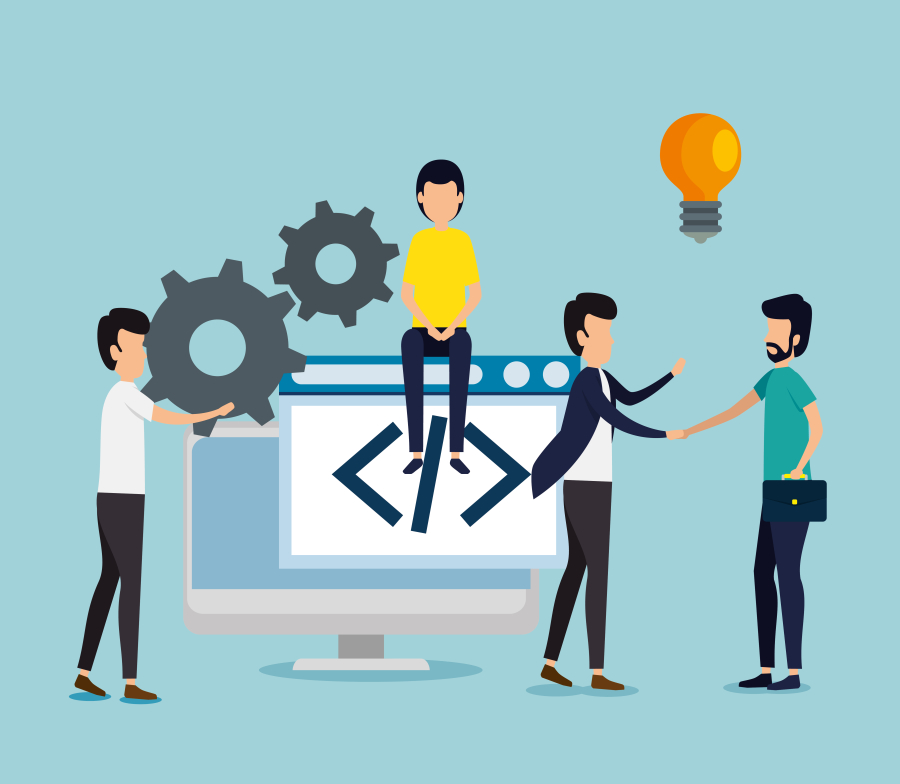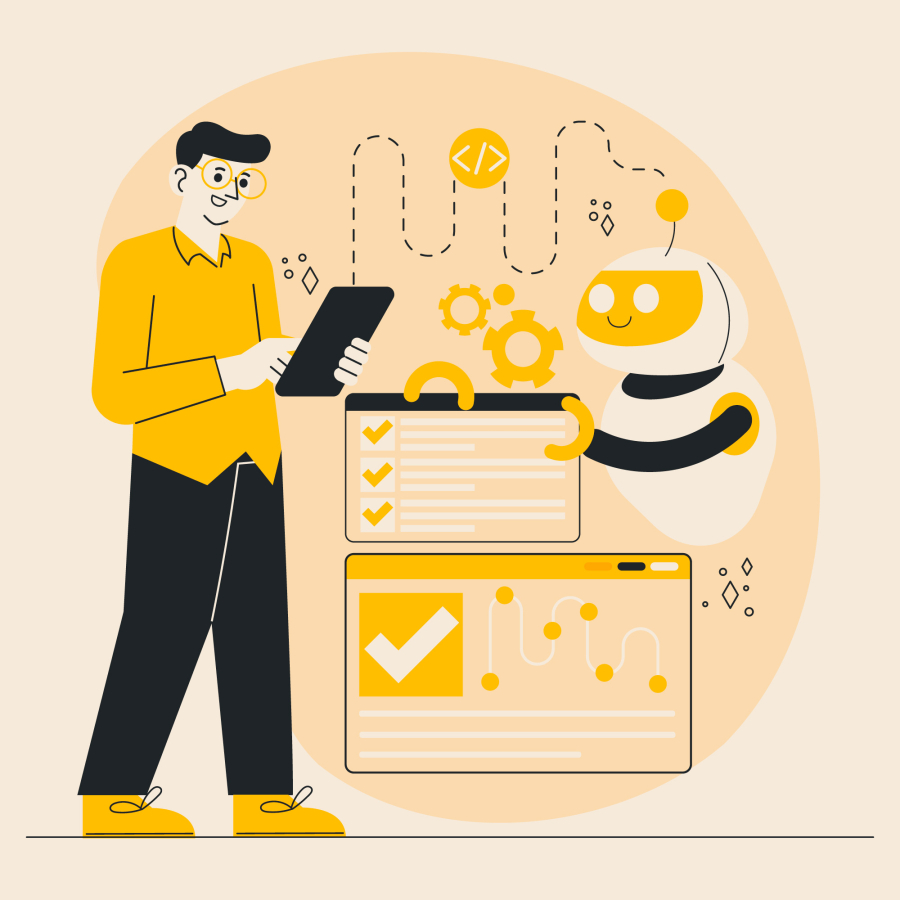The Rise of 3D Design in Digital Branding
In the evolving world of digital branding, brands are constantly looking for ways to stand out in a saturated online space. One of the most powerful and visually impactful trends today is the rise of 3D design. No longer limited to gaming and film, 3D visuals are now becoming a central part of brand identities, web experiences, product displays, and marketing campaigns.
For creative freelancers and digital entrepreneurs, understanding how 3D design is shaping branding in 2025 is essential to stay ahead. Whether you're a designer, developer, strategist, or brand consultant, this article will guide you through the benefits, use cases, tools, and future potential of 3D design in digital branding.
Long Description
What is 3D Design in Branding?
3D design in branding refers to the use of three-dimensional visuals to create more immersive, realistic, and engaging brand experiences. Unlike traditional flat graphics, 3D elements offer depth, motion, and interaction, providing a sense of tangibility in digital environments.
Common 3D design formats in branding include:
3D product mockups
Interactive web elements
AR/VR assets
Animated logo intros
3D illustrations in ads, apps, and websites
Thanks to accessible tools and growing demand, 3D design is no longer reserved for big-budget brands. Today, even freelancers and small agencies can integrate it into their digital offerings.
Why 3D Design is Gaining Popularity in Branding
1. Captures Attention Immediately
In a crowded online landscape, visual uniqueness is key. 3D elements stand out more than flat graphics, especially on social media, landing pages, and video platforms.
2. Enhances Product Presentation
3D product visuals allow potential buyers to view an item from multiple angles. This is especially useful in:
eCommerce
Tech product pages
Furniture, fashion, and consumer goods
It improves perceived value and boosts engagement.
3. Supports Immersive Experiences
Brands aiming to create immersive experiences — through AR, VR, or interactive web design — rely heavily on 3D assets. These formats offer more storytelling power and emotional connection.
4. Aligns with Modern Web and App Design
Modern UI/UX trends lean towards interactive and visually dynamic elements. 3D fits well with microinteractions, scroll animations, and layered interface designs.
5. Reinforces Brand Innovation
Using 3D positions a brand as innovative, forward-thinking, and high-quality. This perception adds to a premium brand image and helps differentiate from competitors.
Key Areas Where 3D Design Impacts Branding
1. Logo Design and Animation
Brands are evolving from static logos to animated 3D versions that appear in intros, videos, apps, and presentations. These bring personality and visual flair to the brand’s identity.
2. Website Hero Sections
Using 3D graphics or scroll-triggered animations in hero sections creates a strong first impression. Interactive 3D visuals encourage users to explore further.
3. Product Visualization
3D allows brands to showcase features in motion, explore details, and present customizations — perfect for product-focused websites.
4. Social Media Content
Short 3D animations or rendered scenes perform well in reels, stories, and carousels — increasing engagement and shares.
5. Augmented Reality Integration
With tools like ARKit, WebAR, and Spark AR, 3D branding elements can be used in filters, try-ons, and branded experiences through smartphones.
Popular Industries Using 3D in Branding
Fashion and Apparel: Virtual try-ons, 3D models of collections
Technology: Product showcases, UX demos
Real Estate: Virtual walkthroughs
Automotive: Feature highlights with 360° views
Healthcare: Interactive education materials
Education and SaaS: Explainer animations with 3D characters
Top Tools for 3D Design (for Freelancers and Brands)
You don’t need to be a full-time 3D artist to incorporate 3D into your branding. Here are tools based on skill level and use case:
Beginner-Friendly Tools
Spline: Browser-based, real-time 3D editor for web visuals
Vectary: Drag-and-drop 3D design tool with AR support
Canva 3D & Adobe Dimension: Simple 3D mockups and layouts
Intermediate to Advanced
Blender: Open-source, pro-level modeling, animation, and rendering
Cinema 4D: Preferred for motion graphics and brand animations
Adobe After Effects + Element 3D: For compositing 3D within motion design
Unity/Unreal Engine: For immersive and interactive 3D experiences
How Freelancers Can Leverage 3D Design for Branding Projects
1. Offer 3D Mockups and Renders
Clients love seeing their product or brand in premium, polished formats. 3D mockups are ideal for packaging, digital ads, and presentations.
2. Create Animated Logo Packages
Design short intros or transitions that elevate brand videos. Great for YouTubers, educators, and corporate clients.
3. Enhance Portfolio Projects with 3D
Stand out in competitive freelance markets by adding 3D motion or renders to your website and case studies.
4. Collaborate with 3D Specialists
Not a 3D artist? Partner with one. Bundle services to offer full 2D + 3D branding packages.
5. Educate Clients on the Value
Many small businesses don’t realize how 3D can improve their branding. Use visual examples to pitch its benefits in proposals.
Strategic Tips for Using 3D in Branding
1. Keep It On-Brand
Don’t use 3D just because it’s trendy. Align colors, style, and motion with your brand identity. Use 3D to support your narrative, not overshadow it.
2. Optimize for Performance
3D files can be heavy. Use lightweight formats (like Lottie, GLB, or SVG) for web compatibility and faster load times.
3. Prioritize Mobile-First
Ensure 3D animations and visuals work well on mobile devices. Test responsiveness and interaction.
4. Combine with Other Visual Elements
Use 3D in combination with typography, flat design, or photography to create layered, engaging visuals. Mixed media enhances storytelling.
5. Keep Learning
3D design evolves quickly. Stay updated with YouTube tutorials, communities like Dribbble/Behance, and motion design forums.
The Future of 3D Design in Branding
1. More Immersive Brand Experiences
Expect brands to adopt WebAR, WebGL, and real-time 3D storytelling as part of their websites and ads.
2. AI-Assisted 3D Content
AI will speed up modeling, texturing, and rendering — making it easier for non-specialists to create high-quality 3D content.
3. Personalized 3D Experiences
Brands will use user data to create personalized 3D visuals, whether it's product previews or dynamic content on landing pages.
4. Sustainable and Digital-First Showcases
Instead of physical packaging or prototypes, brands will use 3D representations for product pitches, sustainability efforts, and eCommerce.
Conclusion
3D design is no longer a niche — it’s becoming mainstream in digital branding. Whether you're an individual freelancer or part of a creative team, embracing 3D gives you a competitive edge in storytelling, engagement, and visual innovation.
By using the right tools, understanding where 3D makes the most impact, and aligning it with your branding strategy, you can elevate digital experiences and create deeper audience connections.
For freelancers, this is a high-value skill set that clients are actively searching for. Now is the time to integrate 3D design into your offerings and future-proof your creative services.


 by Emily
by Emily




